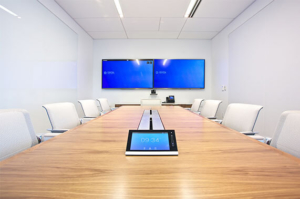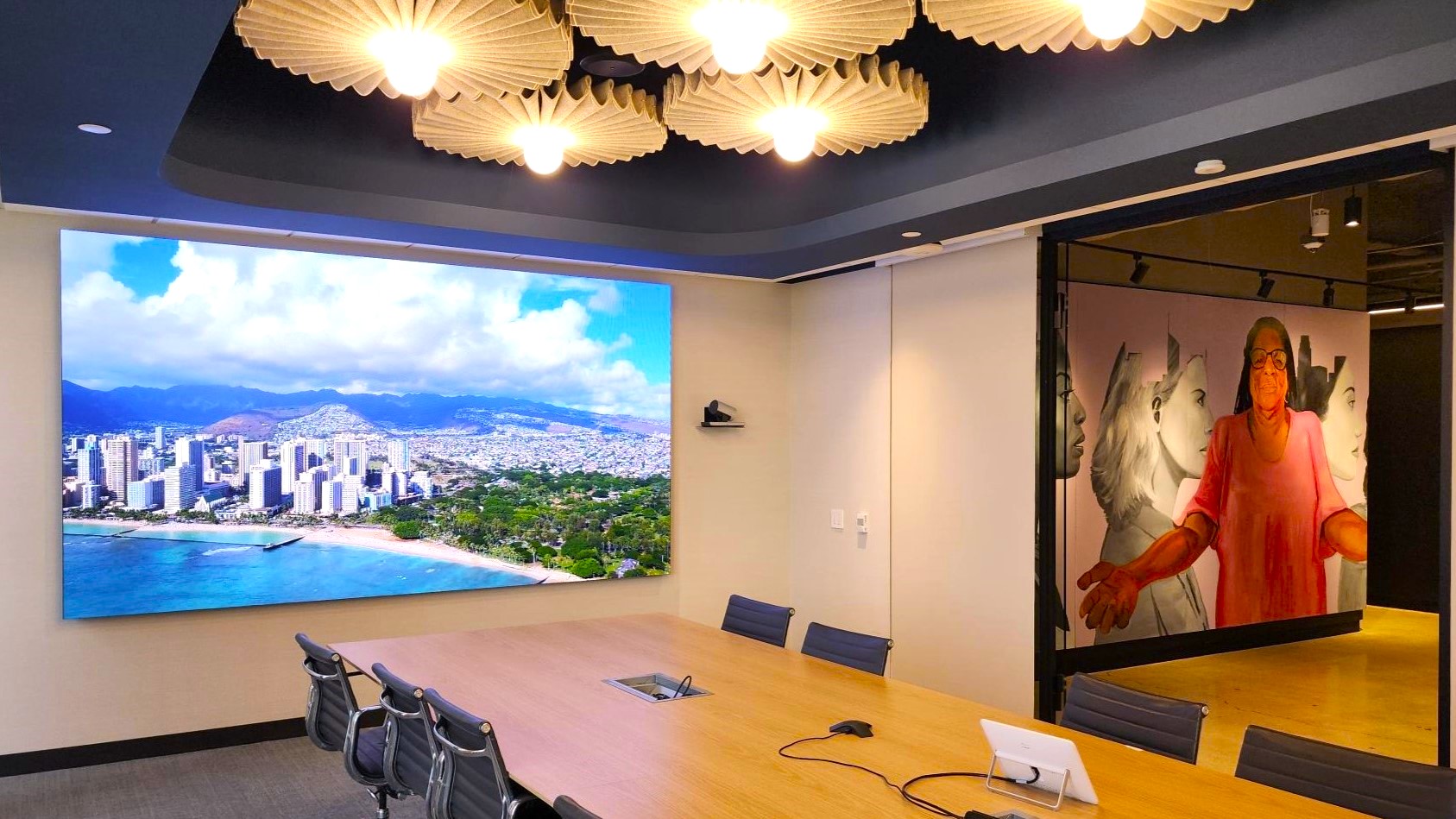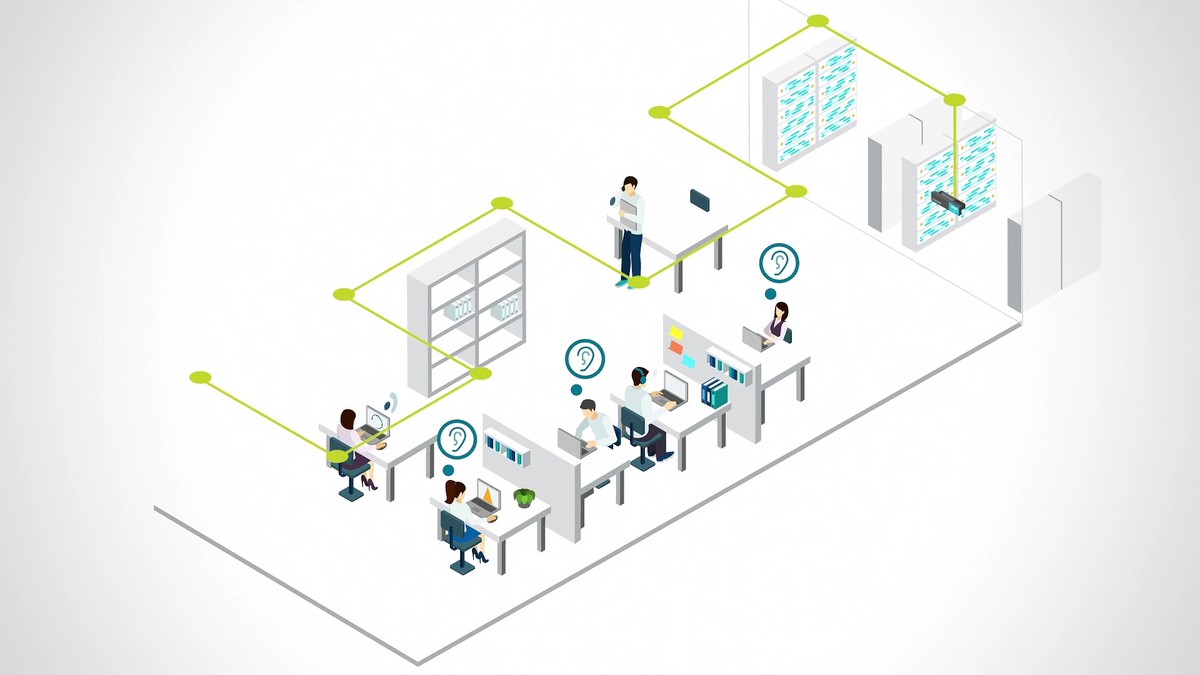
AV/IT convergence has created seismic changes in AV design. What used to be a set of standalone components are now interconnected and interdependent pieces of a whole AV/IT ecosystem. We’ve gone from fitting out room to room, to comprehensive plans incorporating AV, internet, telecommunications, and more. For integrators, this means staying firmly on this path of convergence, working in interdependent ways, being product-agnostic, and being a life-long learner. Here’s what integrators need to know to make client-focused decisions in the changing AV design environment.
 Playing Well With Others
Playing Well With Others
AV systems design now requires collaboration across disciplines. The telecommunications infrastructure needs to handle growing and ever-changing AV and IT needs. Network concerns are now AV concerns, so collaboration with others under the IT umbrella is crucial.
Nick Ismail saw the changes in AV design just over a year ago in Information Age:
“As audio and video media migrates from analog to digital means of creation and production, the tools used to deliver AV content have evolved from bespoke cables and technologies to something quite universal in the IT and computing world: IP networking…. IT and AV professionals must understand each other’s unique POV and pain points, be aware of the technology advances in each industry, and work together to create secure, efficient, and productive IP-based AV networks.”
As AV becomes more and more interactive – with VR and AR applications becoming more mainstream, touchscreens becoming more ubiquitous, and companies using these tools and more in experience marketing – working with professionals in all these areas is the new normal in AV design.
 Product Agnostic Design
Product Agnostic Design
Products have now become tools simply in service of the platform. Product-agnostic design is needed for flexibility and longevity of the AV design. Integrators will need to stay on top of new trends, gain a deep understanding of client’s AV/IT needs
Good design will take steps to counter product obsolescence. Being product-agnostic also frees you up to focus on your service-based revenue streams.
 Keep Learning
Keep Learning
For integrators who are up for the challenge, this is kid in a candy store time. New and changing AV design means new toys to play with. Consider the lowly huddle space. With BYOD policies, hardware like interactive white boards, and on-demand video conferencing, any room can become a huddle space. This is a great way for you and your client to test ideas and configurations to find the right fit, and scale up as appropriate. Experiment, Iterate, Repeat.
Take advantage of AV integration continuing education opportunities wherever you find them. Convergence and change are not going to stop anytime soon. Understanding current trends and keeping an eye out for new ones means staying educated.
Best Practices
AV users just want an uncomplicated experience that we’ve all come to hope for, if not expect from our technology. Working across AV and IT disciplines will require a growing and evolving set of best practices to ensure all are on the same page and working toward the same design goals.
One way to think about all of these areas is the idea of making “experience choices.” By focusing on user experience, changing AV design will have a guiding principal to shape those decisions.
These days, all of us are in the change-management business. With some standards and best practices in place, changes in AV design can happen with minimal disruption, and with the end user always in mind.
Talk to Us About Your Project
Too busy to chat right now?
Send us a message.





